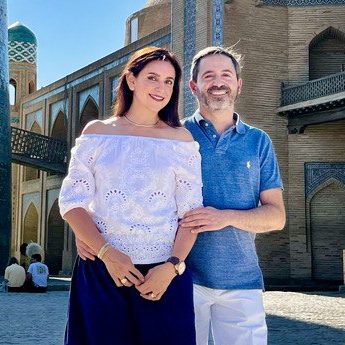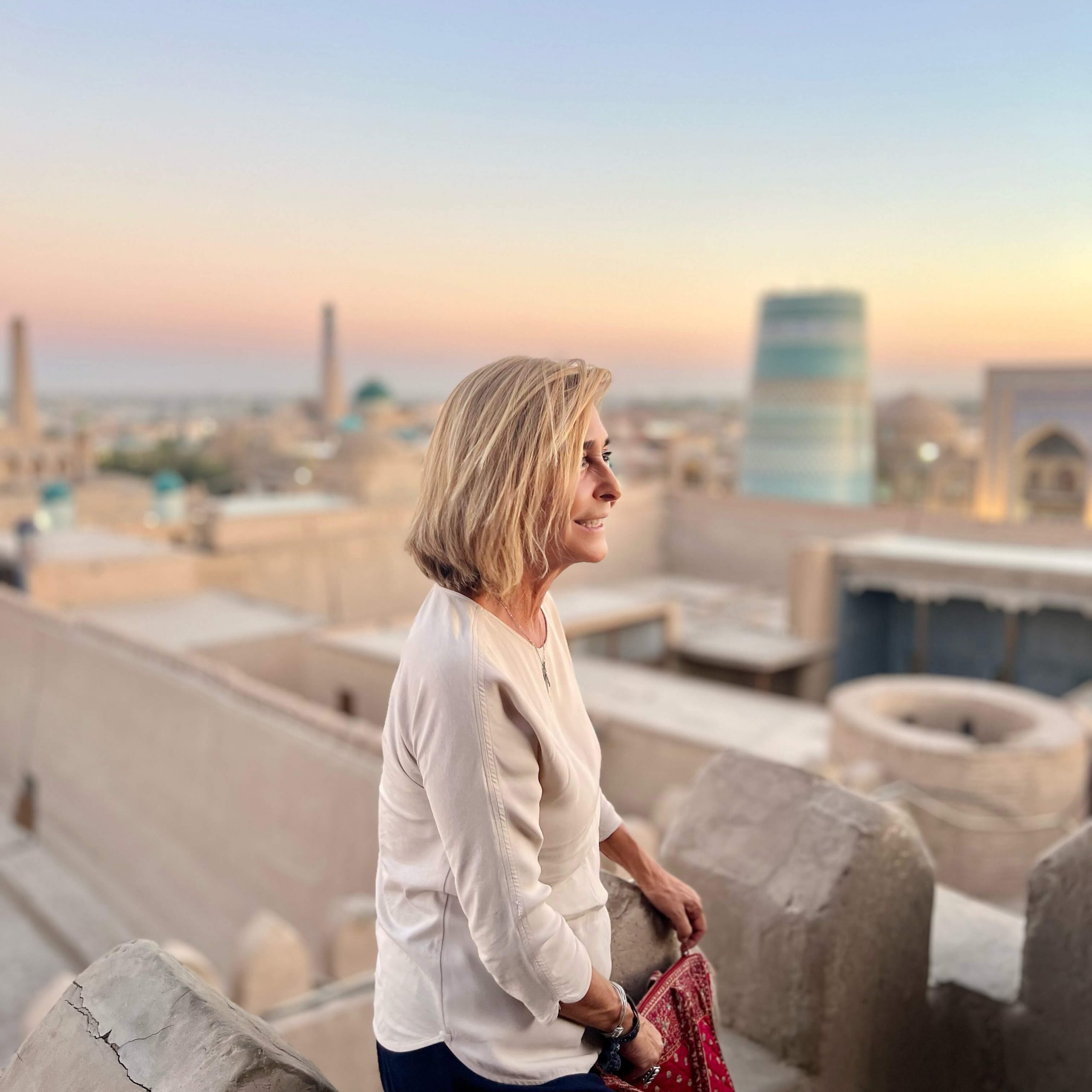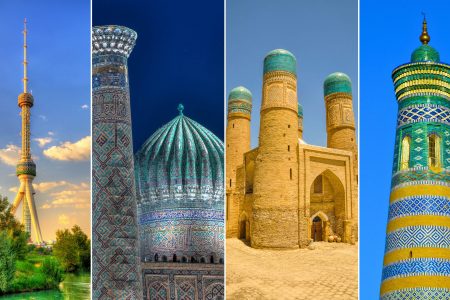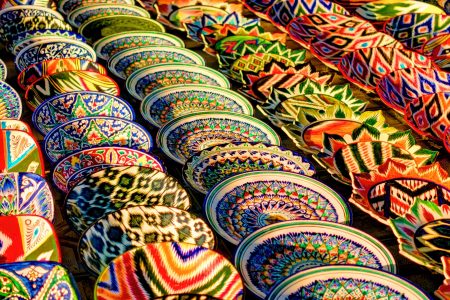O‘zbekistondagi eng yaxshi turlarni qidiryapsizmi? Siz to‘g‘ri manzilga keldingiz! Orient Star Group LLC’da biz O‘zbekiston va Markaziy Osiyo bo‘ylab unutilmas sayohatlarni tashkil etishga ixtisoslashganmiz — boy madaniy tajribalar, tarixiy ekskursiyalar va haqiqiy gastronomik turlarni taklif etamiz. Tajribali gidlarimiz sayohatingizning har bir onini esda qolarli va shaxsiy qiziqishlaringizga mos tarzda tashkil etilishini ta’minlaydi.
8 yildan ortiq tajribaga ega Orient Star Group LLC O‘zbekistondagi eng mashhur va ramziy maskanlarni qamrab olgan yuqori darajadagi turlarni taqdim etadi. Qadimiy Samarqand, Buxoro va Xiva shaharlariga qiziqasizmi yoki jo‘shqin poytaxt Toshkentni his etishni xohlaysizmi — O‘zbekistondagi turlarimiz har bir sayohatchi uchun moslashtirilgan individual marshrutlarni taklif etadi.
O‘zbekistondagi maxsus ishlab chiqilgan turlarimiz sizning qiziqishlaringiz va xohish-istaklaringizga mos ravishda yaratiladi hamda har bir bosqichda betakror tajribalarni taqdim etadi. Guruhli sayohatga qo‘shiling yoki O‘zbekistonning eng sara maskanlarini kashf etish uchun o‘zingizga xos shaxsiy sayohatni yarating.
Madaniy ekskursiyalarimiz orqali O‘zbekistonning boy tarixiy merosini kashf eting. Qadimiy obidalar, mahobatli masjidlar va rang-barang bozorlarga tashrif buyuring, tajribali gidlarimiz esa Buyuk Ipak yo‘lining merosi haqidagi qiziqarli hikoyalar bilan o‘rtoqlashadi.
O‘zbekistondagi eksklyuziv gastronomik turlarimiz bilan o‘zbek oshxonasining haqiqiy ta’mlarini kashf eting. Palov kabi an’anaviy taomlardan tatib ko‘rishdan tortib, mahalliy oshpazlardan pishirish sirlarini o‘rganishgacha — ushbu kulinariya sarguzashti taom ixlosmandlari uchun ayni muddaodir.
Hayajon va sarguzashtni sevuvchilar uchun biz O‘zbekistonda tog‘lar, cho‘llar va boshqa betakror tabiiy maskanlarga yo‘naltirilgan sarguzasht turlarini taklif etamiz. Markaziy Osiyoning hayratlanarli manzaralari va rang-barang madaniyatini ilgari hech bo‘lmaganidek his eting.
O‘zbekistondagi mavzuli turlarimizga qo‘shiling — mahalliy bayramlarda ishtirok eting, an’anaviy hunarmandchilikni kashf eting va o‘zbek turmush tarzini belgilab beruvchi madaniy tadbirlarga chuqur sho‘ng‘ing.
Buyuk Ipak yo‘lining muhim bekatlaridan biri bo‘lgan Samarqand o‘zining betakror me’morchiligi va boy tarixi bilan mashhur. O‘zbekistondagi turlarimiz davomida siz Registon maydoni, Shoh-i Zinda majmuasi va boshqa mashhur tarixiy obidalar bilan tanishasiz.
O‘zbekistondagi turlarimiz orqali Buxoroning qadimiy jozibasini chuqur his eting. Mintaqaning ma’naviy va madaniy boyligini aks ettiruvchi yodgorliklar, masjidlar va tarixiy obidalarga tashrif buyuring.
O‘zbekistondagi madaniy turlarimiz bilan Xivaning puxta saqlanib qolgan shahrini kashf eting. Uning tarixiy me’morchiligi va jonli muhitini tarix ixlosmandlari uchun albatta tashrif buyurilishi lozim bo‘lgan maskanga aylantiradi.
O‘zbekistondagi betakror turlarimiz bilan Toshkent — mamlakatning jo‘shqin poytaxtini kashf eting. Ushbu gavjum megapolisda zamonaviy shahar hayoti va tarixiy obidalar uyg‘unligidan bahramand bo‘ling.
Orient Star Group LLC bilan O‘zbekistondagi turlaringizni bron qilish juda oson:
Telefon: +998 (97) 444-1-555 Elektron pochta: welcome@orientstar.uz
Mutaxassislarimiz barcha savollaringizga javob berishga va mukammal sayohatingizni rejalashtirishda yordam berishga tayyor. Orient Star Group LLC bilan sayohat qiling va O‘zbekiston hamda Markaziy Osiyoning maftunkor olamini kashf eting.






